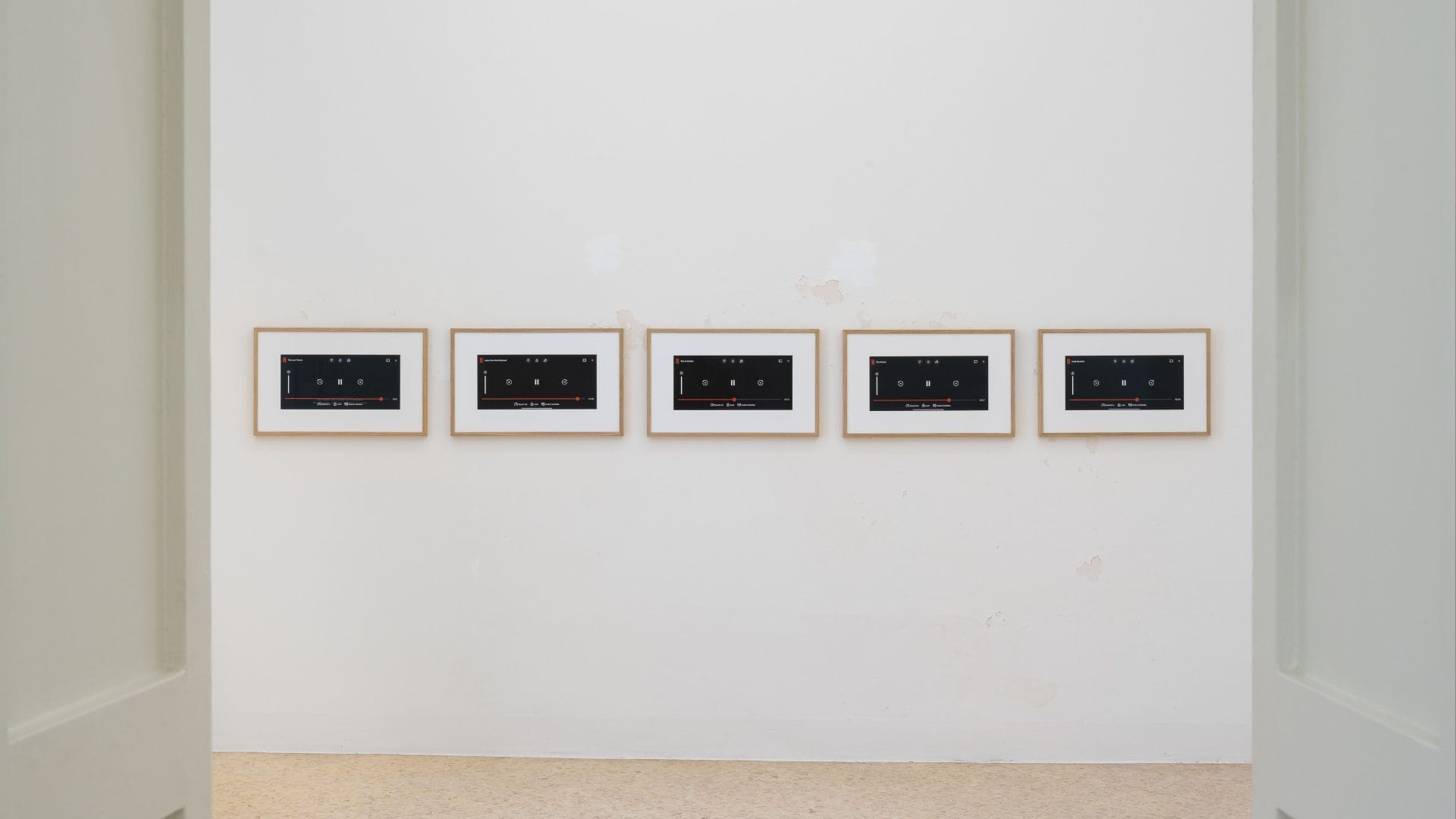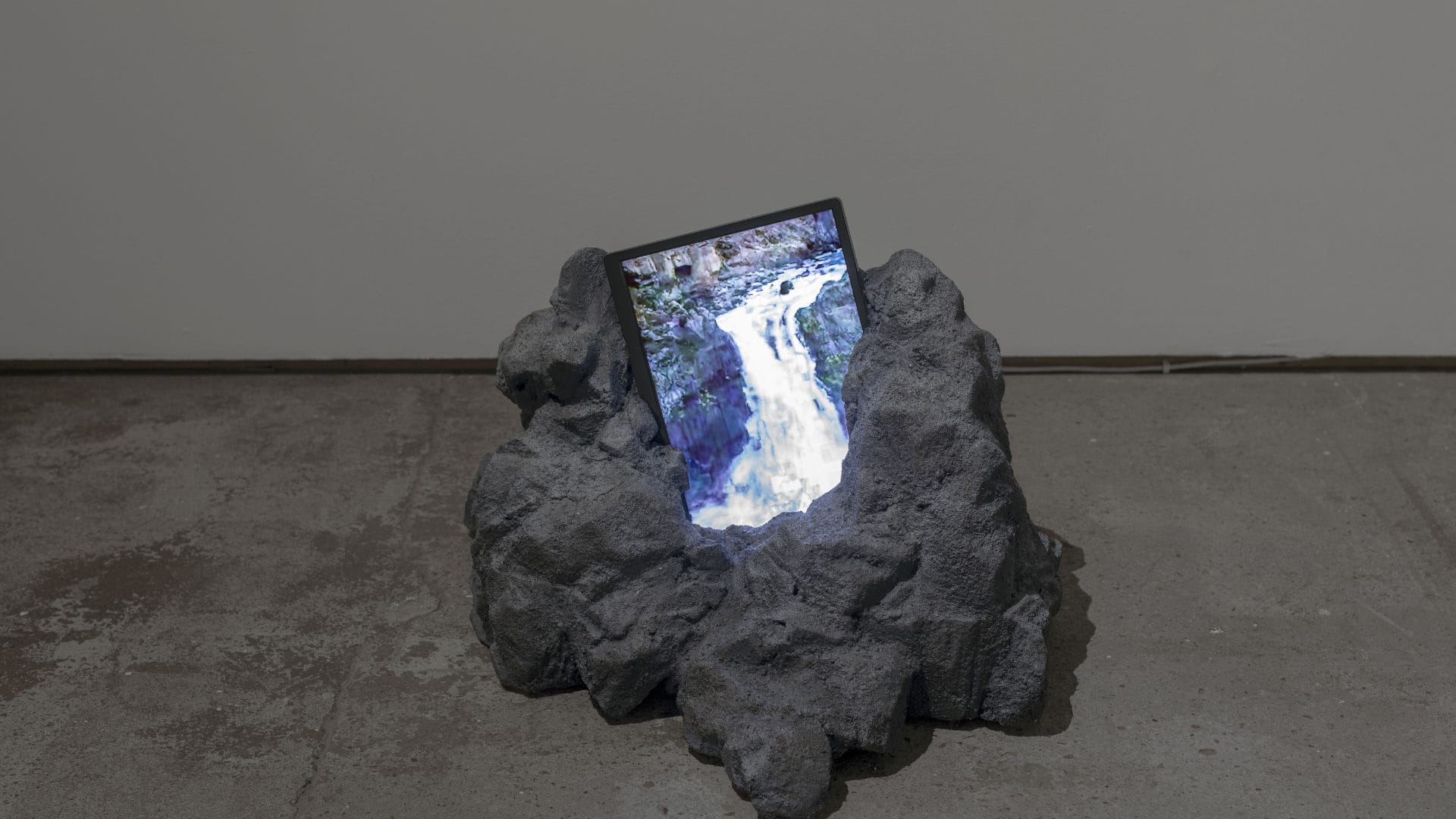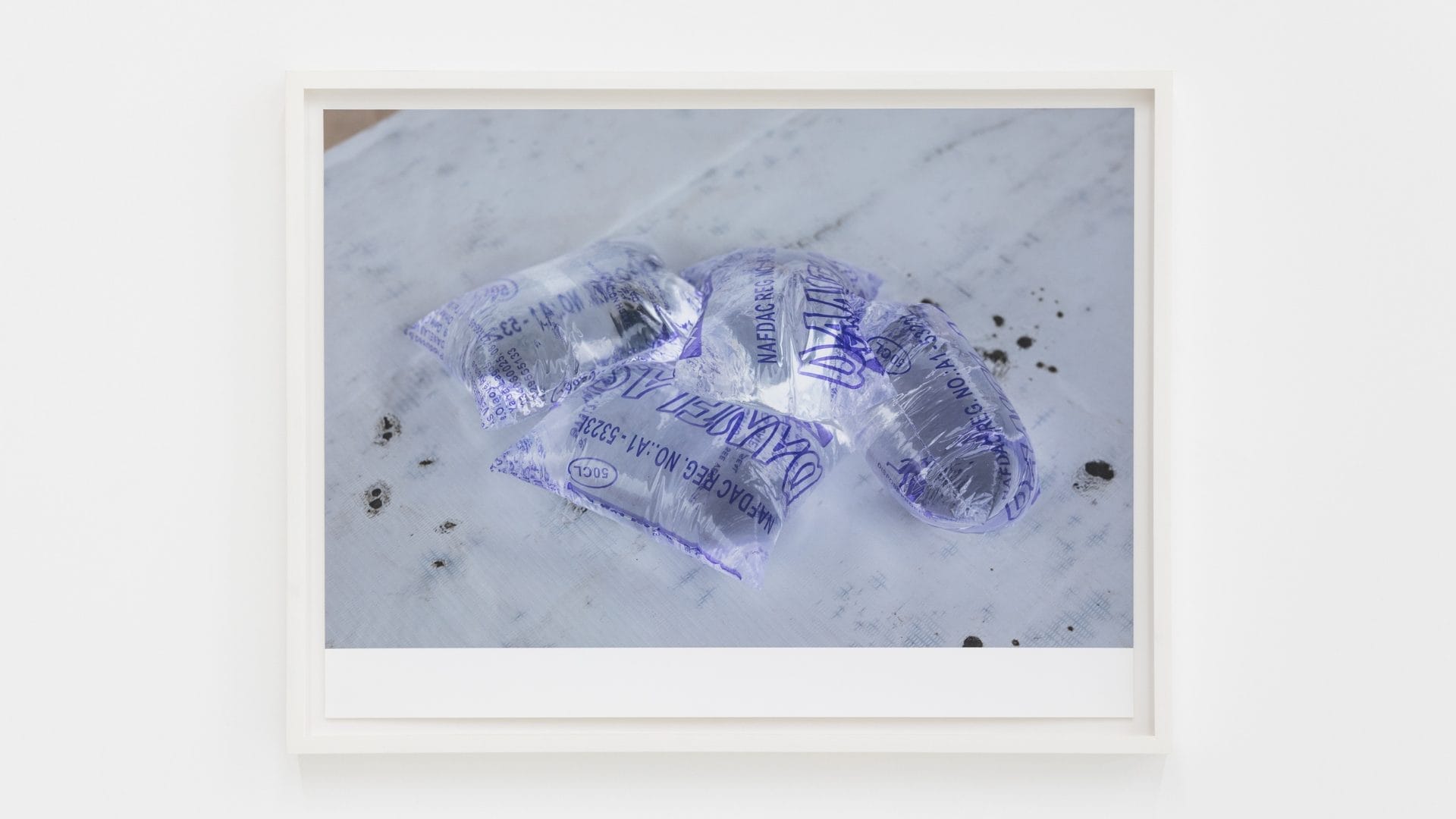
Formas Aparte at GATO Gallery, Lima
Formas Aparte by Alejandro Leonhardt, Valerie Krause, Dora Budor, Nina Beier, Grant Mooney, Nora Turato, Álvaro Urbano, Kate Mosher Hall, Matt Browning, and Wolfgang Tillmans, curated by Franklin Melendez, at GATO Gallery, Lima, 12.12.2024–21.02.2025.
Exhibition text:
Over time, the city grows upon itself; it acquires a consciousness and a memory. In the course of its construction, its original themes persist, but at the same time, it modifies them and makes these themes of its own development more specific. Thus, while Florence is a real city, its memory and form come to have values that are also very true and representative of other experiences. At the same time, the universality of these experiences is not enough to precisely explain the type of object that Florence is. (Aldo Rossi, The Architecture of the City)
In his influential 1971 treatise on the subject, the renowned Italian architect and architectural theorist Aldo Rossi proposed a radically new way to approach, study, and ultimately understand the contemporary urban landscape. A chimera so vast and disordered could neither be apprehended nor reduced to its numerous elevations and schemes, plans and materials, grids and endless projects; in short, a rational and Euclidean sum of so many constructed structures. This approach would inevitably overlook the core of the urban experience: its texture, its smells and tastes, the embodied specificity of walking its streets and absorbing, like in a Proustian moment, the numerous imperceptible and immeasurable stimuli that, nonetheless, combine to define an unmistakable quality of space: its locus.
As an alternative, Rossi proposed recalibrating urban studies to refocus them through what he called urban artifacts, which are “precisely those aspects of reality that are more individual, particular, irregular, and also more interesting.” As he later points out, this qualification is not much different from the experience of art in its singularity.
For this same reason, Rossi’s theoretical framework could serve as a good entry point to address the disparate objects gathered for the purposes of the Formas Aparte exhibition. These encompass a wide variety of media, from painting and sculpture to video, photography, and site-specific installations. However, it is less convincing to think of these works by their taxonomic nomenclature and more in terms of the qualities they emanate and the experiences they collectively allude to. For these forms may be separate, but in their convergence, they speak of a shared experience: the act of everyday existence in a vibrant contemporary metropolis.
This is evident not only on the visual surface but in their very essence, as they rearticulate the material languages that shape the textures of the urban landscape. As the viewer walks through the exhibition, they will encounter fragments of plumbing, concrete rubble, remnants of commercial paint, distorted advertising murals, and hallucinogenic architectural plans. These elements collectively bear witness to the ongoing processes of destruction and demolition, expropriation and rezoning, speculation and obsolescence; in short, all the recognizable signs of the urban dynamic, an ever-restless Leviathan in constant change.
It is not surprising, perhaps, that Rossi points to the South American city as perhaps the richest example of the urban artifact. Its conflicting histories, its unexpected juxtapositions, its restless inhabitants at the crossroads of so many tumultuous changes and reconfigurations. It is also the source of its beauty, which we emphasize here, as the artists gathered in this exhibition attempt to map and understand the texture of Lima from a distance, starting from this specific place and at this particular moment to openly embark on a path as yet unknown.
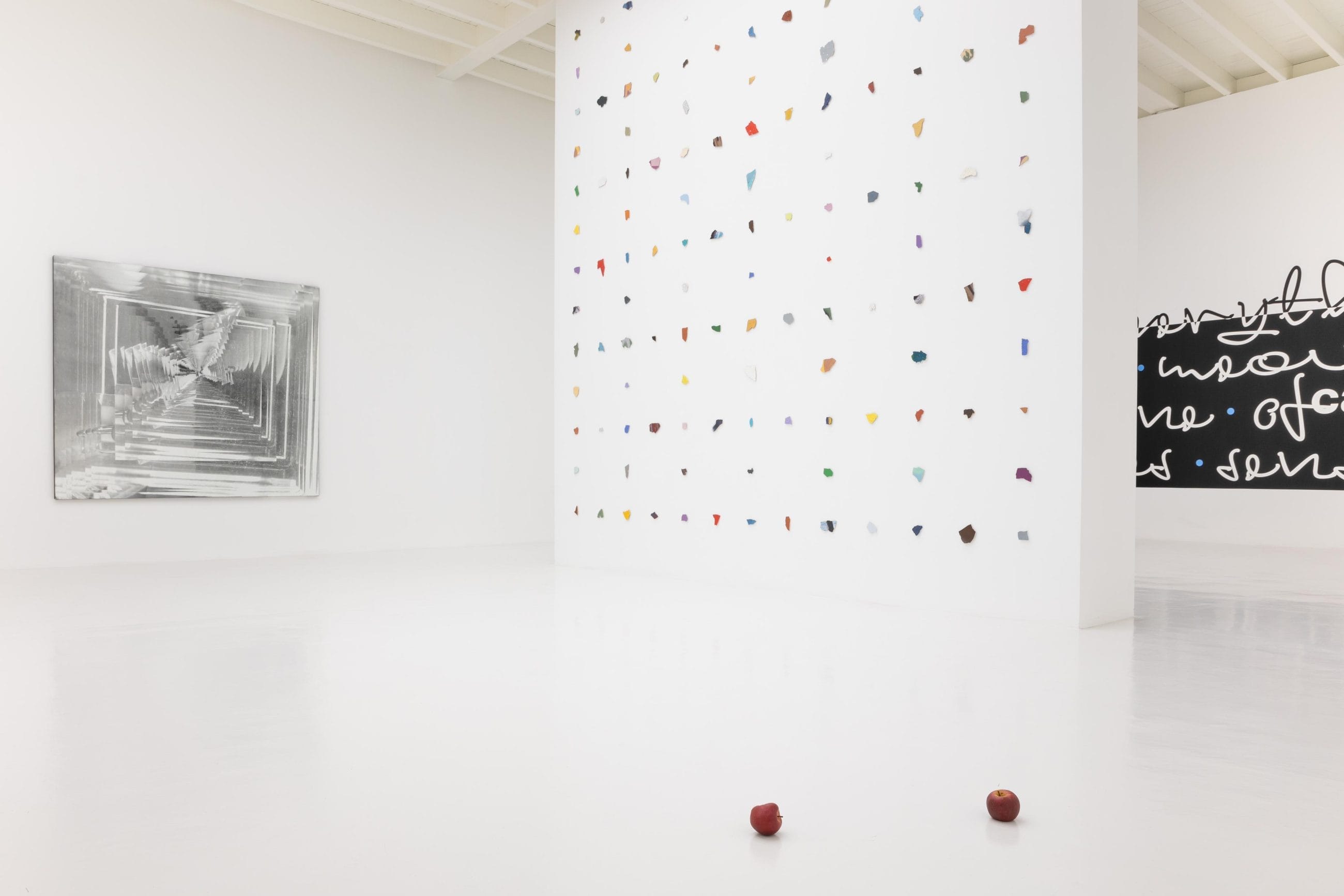







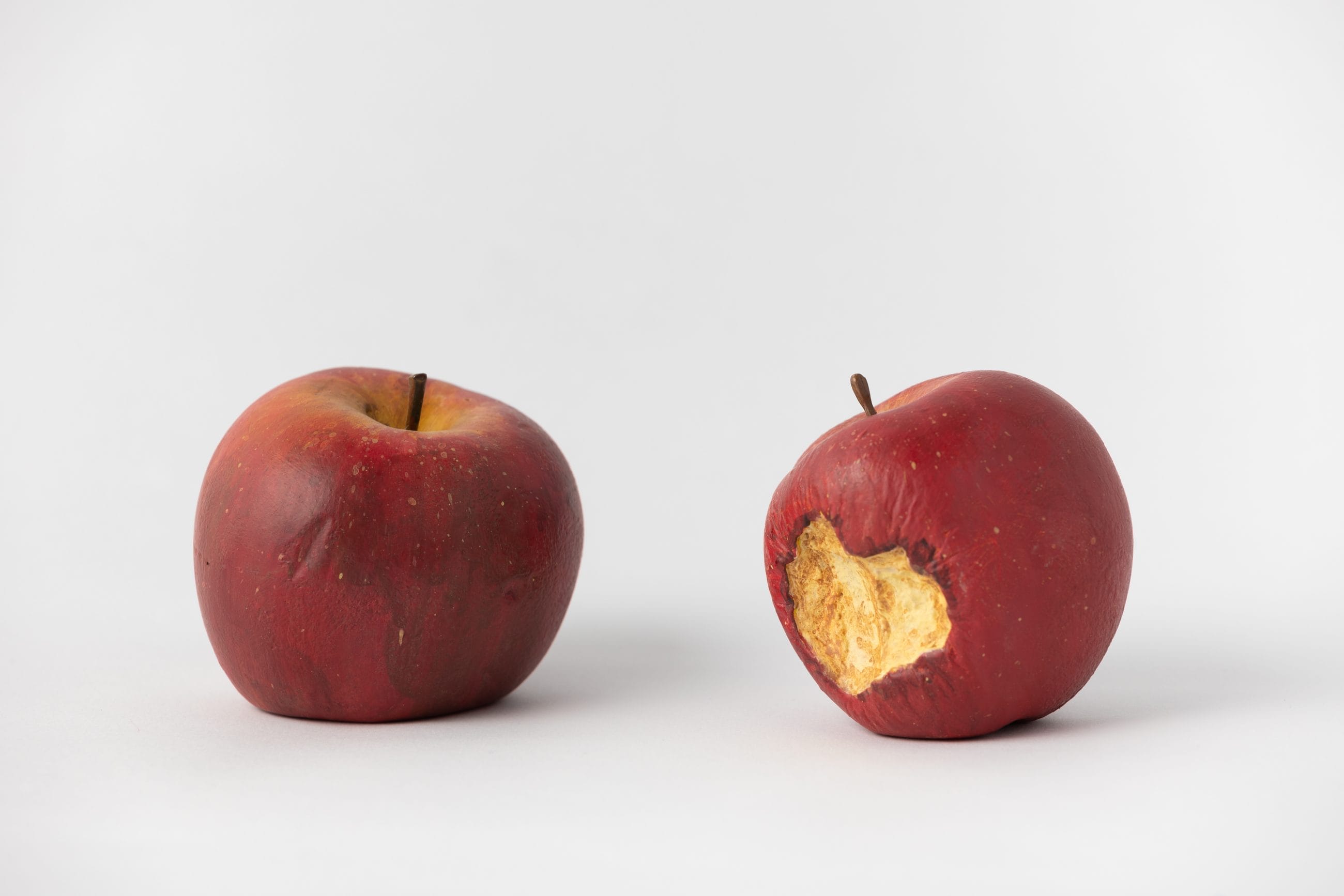
fakewhale
Founded in 2021, Fakewhale advocates the digital art market's evolution. Viewing NFT technology as a container for art, and leveraging the expansive scope of digital culture, Fakewhale strives to shape a new ecosystem in which art and technology become the starting point, rather than the final destination.
You may also like
The Sculptural Unmaking: Urs Fischer and the Poetics of Disintegration
We’ve often found ourselves wondering what happens to large-scale installations once they’re dis
SoiL Thornton, candidate screening methods, at Progetto, Lecce
“candidate screening methods” by Soil Thornton, at Progetto, Lecce, from July 13, 2024,
Clare Gatto and Kara Güt, “Magic Circle” at Museum of Contemporary Art Detroit (MOCAD), Detroit
“Magic Circle” by Clare Gatto and Kara Güt, curated by Isabella Nimmo, at the Museum of


